3 Lessons from the Japanese Art of Kintsugi
Christiana Figueres on using the pottery practice to relate to a broken world The post 3 Lessons from the Japanese Art of Kintsugi appeared first on Tricycle: The Buddhist Review.
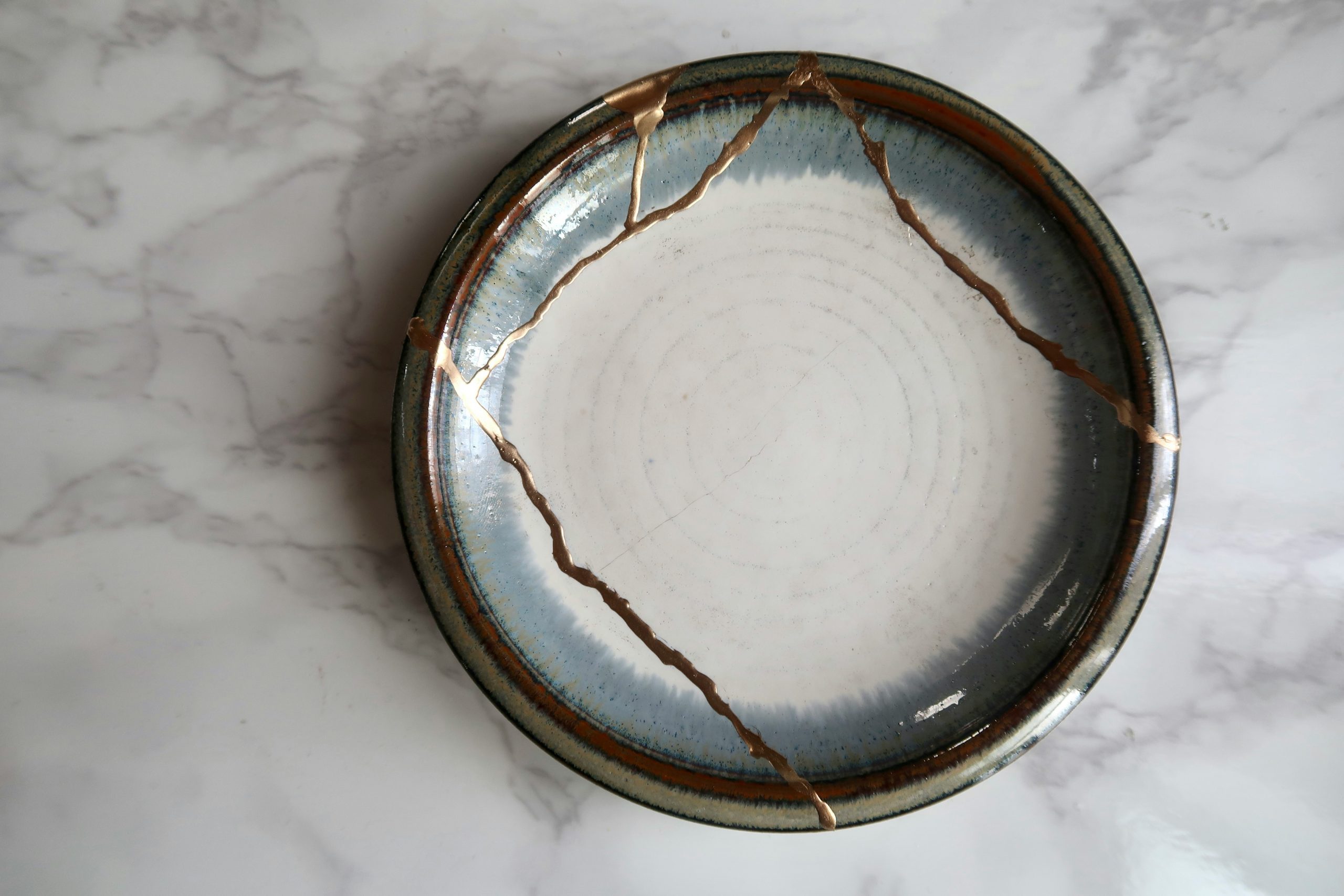
Christiana Figueres on using the pottery practice to relate to a broken world
By Christiana Figueres May 31, 2025 Image via Riho Kitagawa
Image via Riho KitagawaExcerpted from “Personal Leadership in Times of Political and Ecological Despair,” presented at Tricycle’s 2025 Buddhism & Ecology Summit.
Many, if not all, of us feel like we are living in a broken world. We are perceiving broken trust, broken systems—political, economic, and social—broken promises, and broken hearts about so much injustice and violence. As I take note of the brokenness around us, I’m always looking for little signs from the universe, and a couple of weeks ago, I was at an event that used the Japanese art form of kintsugi on the stage that they had set up. Kintsugi is a Japanese art that collects broken pottery, and, with beautiful artistry and a lot of mindfulness, those pottery pieces are brought together again, not with the purpose of hiding the break but rather with highlighting the break. The philosophy is actually to embrace imperfection and to see breakage as part of an object’s history and something to be celebrated rather than concealed.
If you haven’t seen this, imagine a beautiful pottery piece that has fallen or suffered any kind of breakage. It’s not brought back together with Krazy Glue or super glue but with strands of gold, or sometimes silver, that emphasize the breakage. I was very struck by the use of this symbol for this event—a conference that was looking across all sustainability and regeneration issues, social, economic, and political. It made me think about kintsugi in a much deeper way.
Living in the world that we’re living in right now, with the pain, suffering, anxiety, and fear that we’re all holding, it seems that kintsugi could be inspirational. Here are three lessons that stand out for me from the art form.
The first considers the mindset of the kintsugi master, because you can’t just improvise kintsugi. You become a master at it. Part of the mindset they bring is not to reject brokenness, not to pick up the pieces and throw them in the trash can, but to actually accept the cracks and flaws. In our case, this means accepting the fragments of our lives—the relationships and systems. They’re not mishaps, mistakes to be erased, or pieces that have to be thrown out. They’re actually truths that we can honor because the system—the heart, the organization—that seems broken to us is actually going through a process of reforming itself. The brokenness that we see is part of the story.
If we understand that there is not just historical reality but also ultimate reality that has a much longer arc, we can bring a reverence for time to our brokenness. Through the use of technology and so many other things, we have become very impatient with time. Everything needs to be done in one second, and you have to answer everything in a couple of minutes. We have lost the reverence for time. A kintsugi master would understand that the healing process—the drying, sanding, and curing—all unfolds in the rhythm of natural time and cannot be rushed. All seeds germinate at their own time. We could bring a deeper patience to the process of healing and transformation.
We could also, as kintsugi masters do, celebrate the imperfection, impermanence, and the incompleteness of the pieces that we have before us. We could cultivate the capacity to value the pieces not because they are flawless but because they are authentic. We could begin to open ourselves to authenticity in ourselves and others that doesn’t always look gorgeous but is authentic.The kintsugi master in us would not try to restore the bowl to its original form. We don’t go from the present to the past and assume it’s going to work. We actually live in the present, in the embodied presence of today, in order to transform what is in front of us so that the past is respected and honored but not recreated. The future is reimagined. The kintsugi master would look at the brokenness and would not want to restore it to the original form or concept but rather allow it to be reborn. It’s a very different mindset from what we usually bring to everything that we feel is broken in our lives.
The second lesson that I would like to highlight from kintsugi is turning to nature, because in our desire to restore the whole, to put things back together, we seldom take the time to turn to nature and ask, What can we learn? Where in nature do we have this circumstance, and how does nature deal with this? What is the lesson from Mother Nature? The beauty of kintsugi is that it doesn’t use glue to put the pieces together. It uses a lacquer that is derived from the resin of the urushi tree, which is a tree predominantly found in East Asia. The magic, if you will, of this resin is that you extract the resin without killing the tree. The resin is what the tree produces for self-healing when it is damaged, so you are harnessing the tree’s innate regeneration capacity, its innate vitality. A lesson could be that healing is constantly occurring and coming toward us from the earth, and just like the urushi tree, we are also capable of self-healing if we learn how to face our emotions and embrace them with love and compassion.
Healing is constantly occurring and coming toward us from the earth, and just like the urushi tree, we are also capable of self-healing if we learn how to face our emotions and embrace them with love and compassion.
How can we then transform emotions into compost from which something beautiful will be born? In Thich Nhat Hanh’s words, “no mud, no lotus,” because it is the mud, the composting of life, that allows us to evoke the lotus—the joy or beauty of life. Those two things always come together, and it is an organic transformation. Think about compost. Think about mud at the bottom of a lake. Nature produces that nourishment, and we can emulate that inside of us in order to be able to transform the brokenness into what we would like to see in ourselves and in the world. It is also interesting that while the urushi tree resin is very strong, it is nearly invisible. That is also such an interesting lesson. The urushi resin symbolizes inner resilience, the unseen work of restoration, and the internal composting that we all have as a life journey but that is not very often visible to the world. It is something that gives us strength but is not paraded around and made visible to others, other than in our embodied presence. So the urushi resin that is used to bring pieces together teaches us that strength is actually gentle, that healing is very often sacred, and that wholeness begins very often in what we cannot see.
The third lesson from kintsugi highlights the gold, because once a master has applied the invisible resin to hold the pieces together, in order to make the break visible and celebrate the transformation—the process of going from pain to healing—the master applies powdered gold to highlight the seams and fractures. It’s another beautiful lesson, because we can think about using the gold dust inside of us in order to come together in a different form, making healing visible to ourselves and others.
How do we get gold out of the process of inner self-awareness? The process starts with a capacity to observe our thoughts, emotions, motivations, and behaviors without judgment, over time. We can ask ourselves, why did I react that way? What patterns keep repeating themselves? What is true about me? The goal is simply being able to see this without judgment and without immediately wanting to change. It’s being able to ask those questions, and then develop what one could call emotional literacy, or the capacity to identify, name, and understand our emotions. It’s being able to really put a finger on the emotions coming up, the seeds that are in store consciousness that are germinating as emotions. It’s asking ourselves, are those the ones we want to water, or do we want to water other emotions in order to be able to regulate ourselves? We can’t regulate what we don’t recognize.
In this inner awareness there’s also the challenge of recognizing the difference between my true self and my curated self. What parts of me are really authentic, because they come from my core and deeply rooted, and what pieces are performative? We all have many different roles in life, and just like a good actor or actress, when we play different roles, we perform for that role. Maybe we’re really good performers as parents, colleagues, and friends, and that’s great. It’s wonderful that we identify those roles and bring ourselves to our highest performance. But is there something that goes deeper beyond the performance? Can we, with love and gentleness, strip away some of that pretense, some of the mask that we put on? It may not look as pretty as our performing self, but it is the root of a much deeper and more authentic relationship with ourselves and other people.
I think we have all experienced the power of being vulnerable when we are open about our situation and feelings. It invites others to relate to us from the same deep point of vulnerability. So self-awareness, which is the gold that a kintsugi master would bring to the pottery pieces, is not about fixing ourselves or putting the pieces together and pretending like nothing ever happens. It’s about finding ourselves and the joy of knowing that this happens over and over again. Just when we think we have understood something, we all go back to square one and relearn.
![]()
Thank you for subscribing to Tricycle! As a nonprofit, we depend on readers like you to keep Buddhist teachings and practices widely available.

 Koichiko
Koichiko 











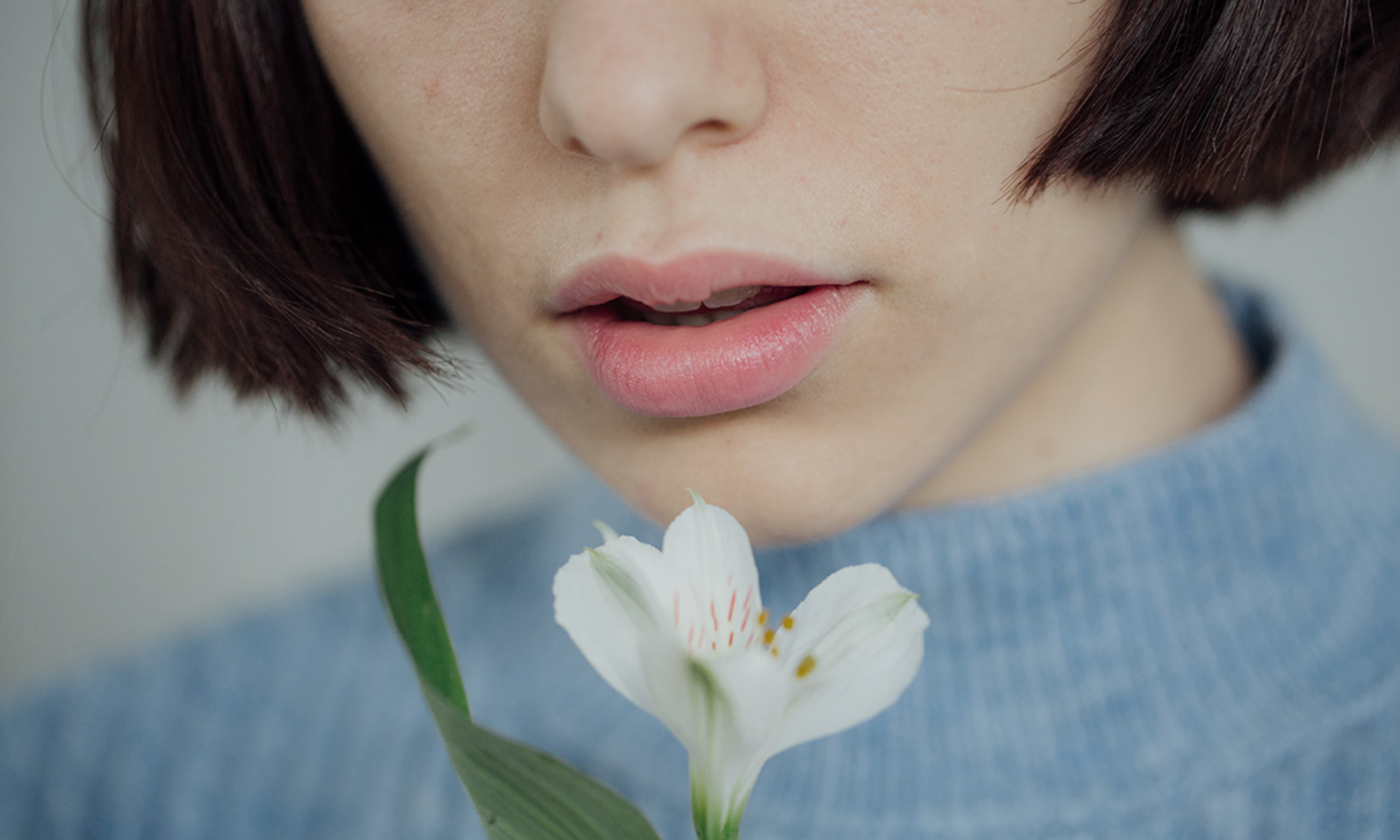
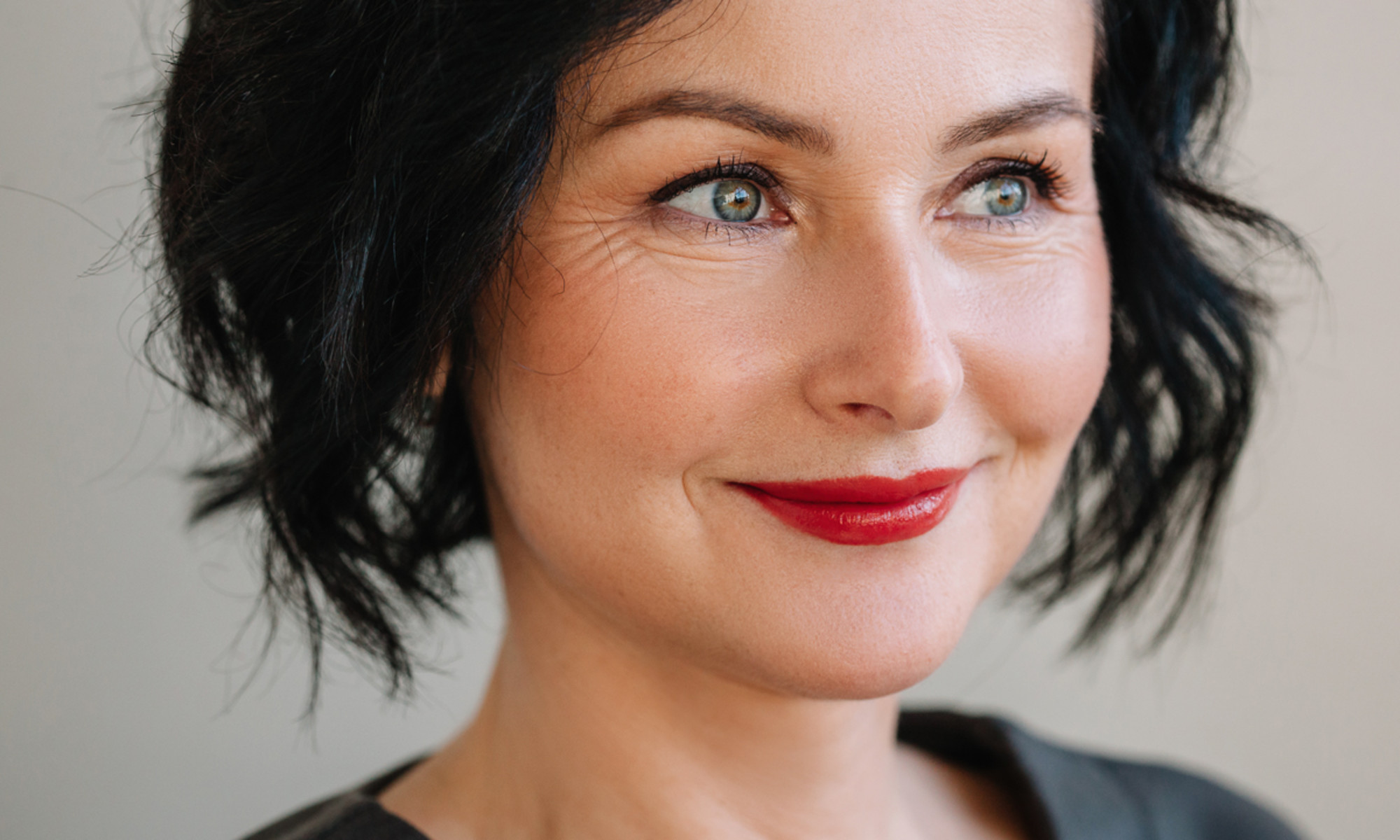


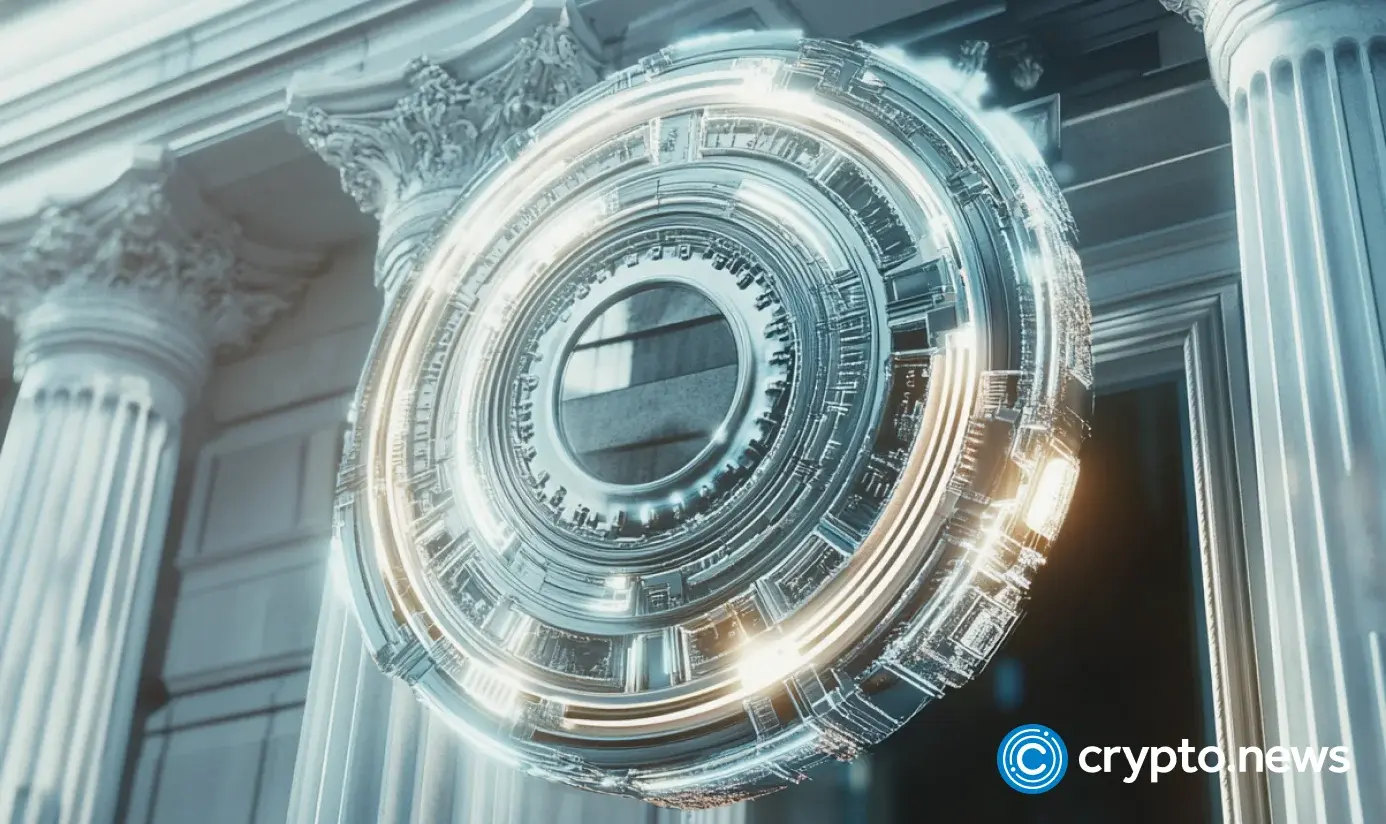



![The 2026 AI Search Benchmark Every SEO Leader Needs [Webinar] via @sejournal, @lorenbaker](https://www.searchenginejournal.com/wp-content/uploads/2025/11/1-259.png)

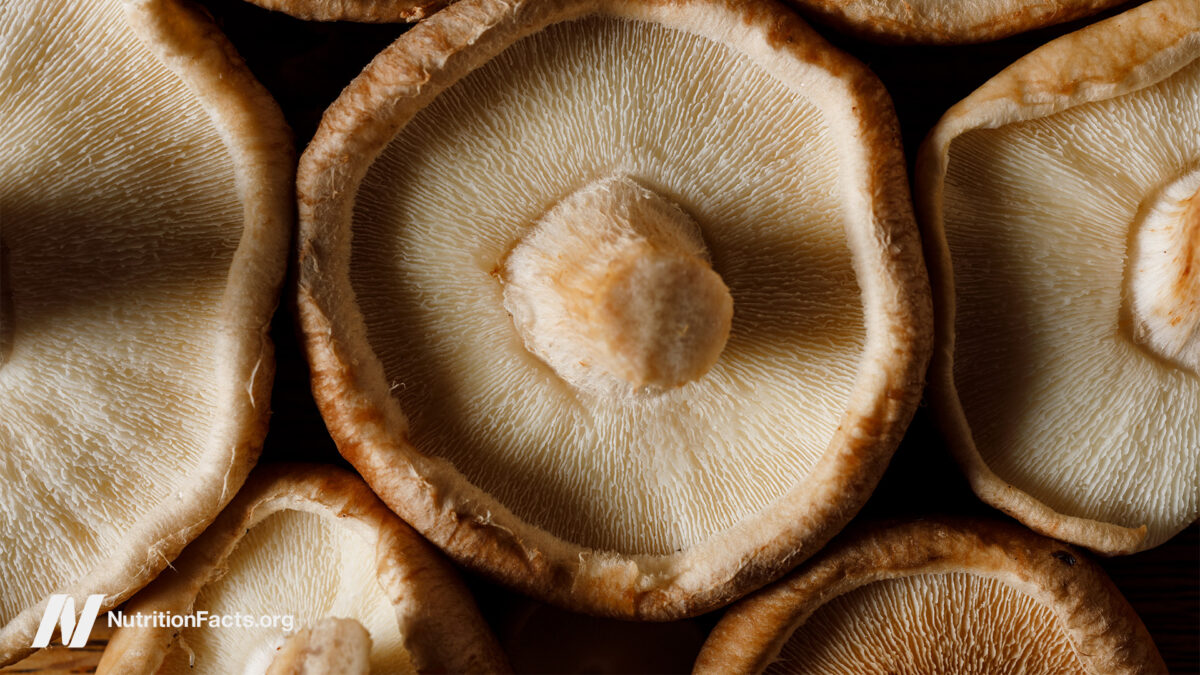



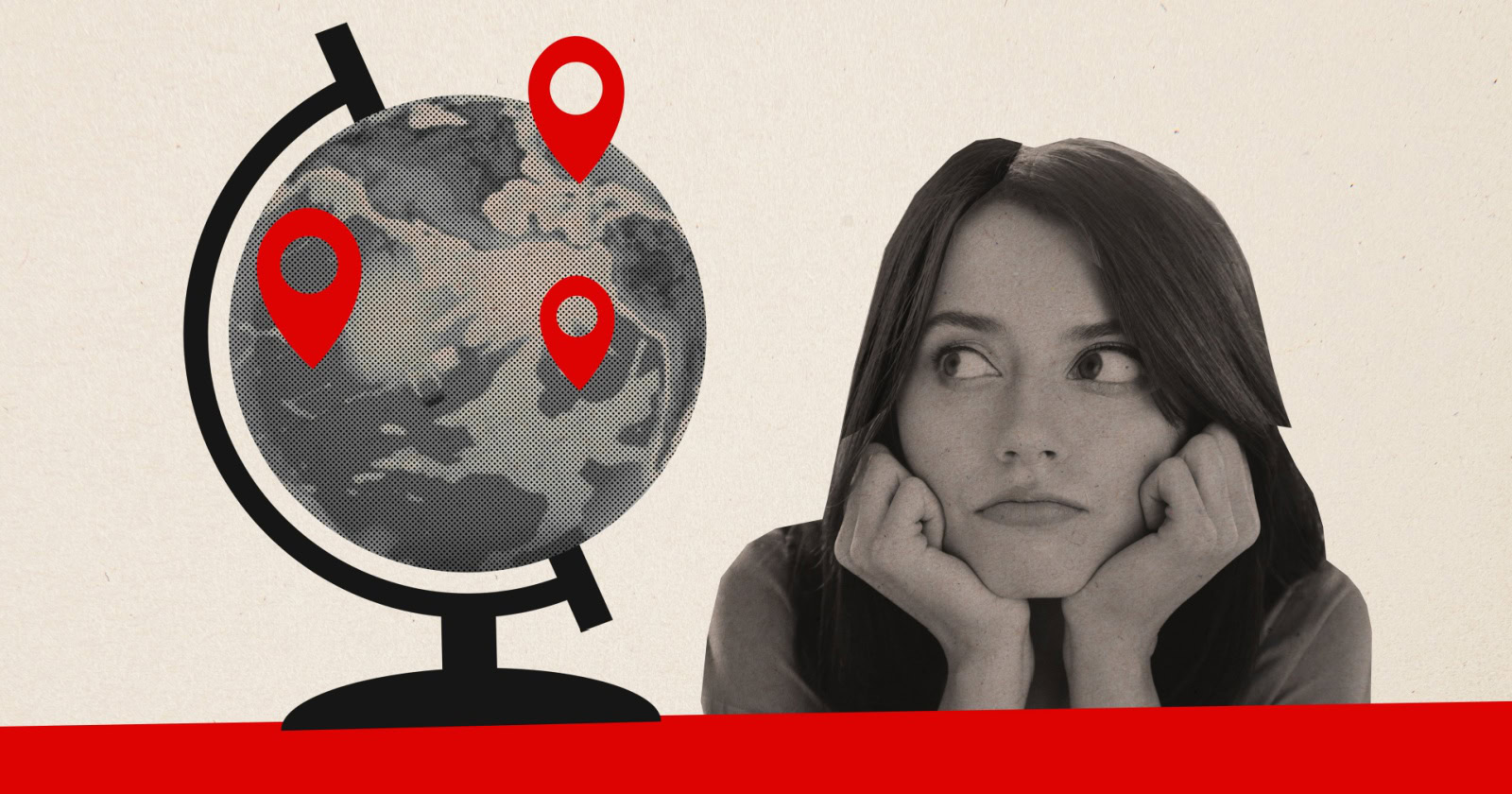


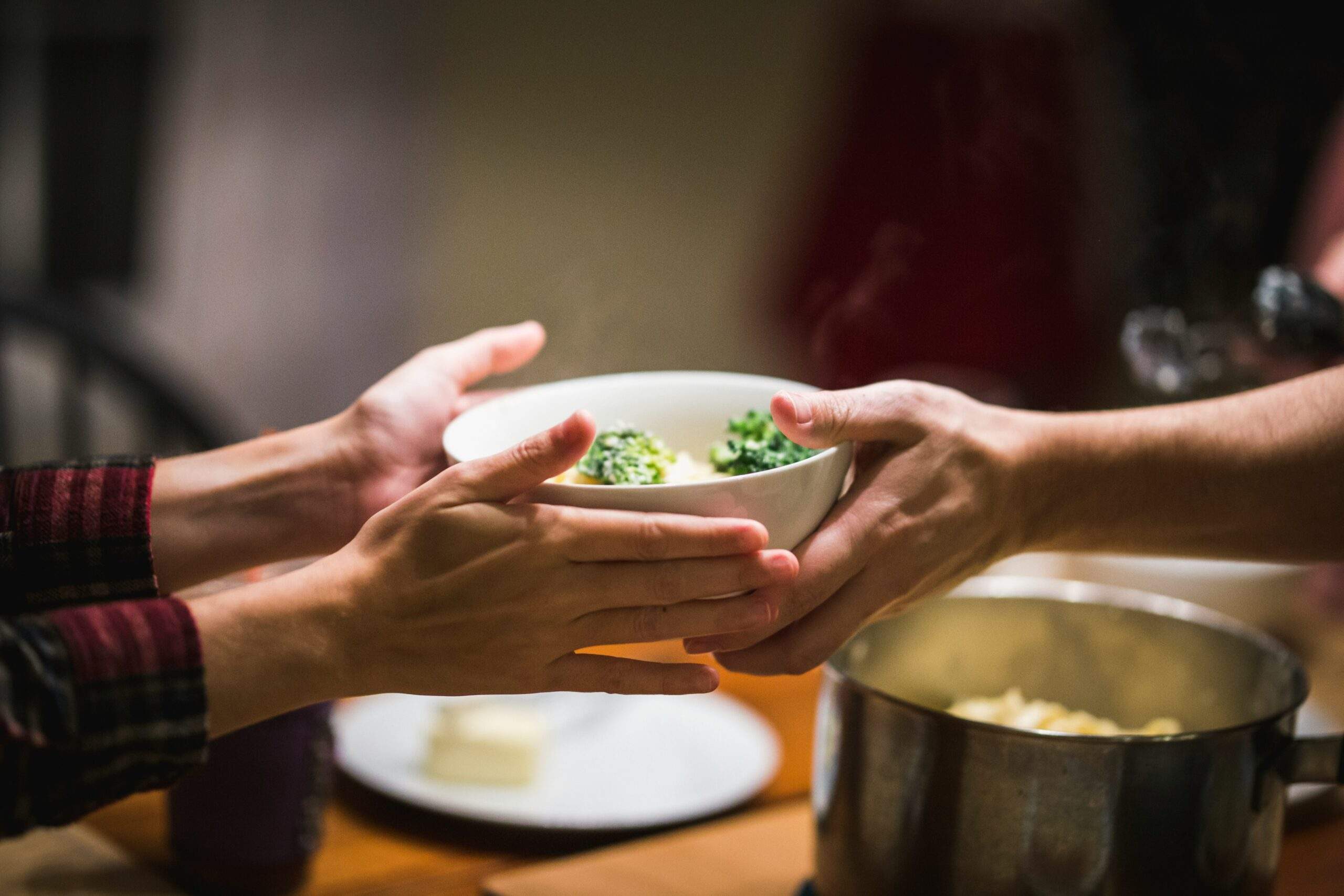

.jpg&h=630&w=1200&q=100&v=ebcc31501f&c=1)